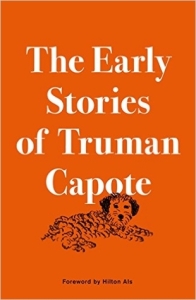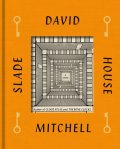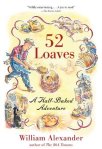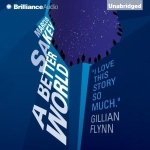
Growing up in the ‘70s, I always thought Truman Capote was an actor. You see, I had only seen him on the multitude of talk shows (Mike Douglas, Merv Griffin, Dinah Shore, etc.) watched by my parents and grandparents, and as Lionel Twain in the movie Murder by Death. It wasn’t until a good deal later, probably in junior high or even high school, that I realized he was far more well known as an author, and a damned good one at that evidently.
But even having been clued in to his status as a fine, fine writer for some time now, of all of his works I still have only managed to read In Cold Blood to date. I realize I have a lot of catching up to do.
The stories collected in The Early Stories of Truman Capote are thought to have been written by Capote between the ages of 11 and 19 and, in truth, seven of the stories were actually published in his high school newspaper. According to the book’s afterword, “Louise”, one of the seven, was awarded second place in his school’s writing contest. Second? You have to wonder how the winner felt years later when Capote became a literary force. Did she (if it was a she) giggle to herself that her writing was once judged better than Truman Capote’s, or did he (if it was a he) want to crawl under a rock?
Most of these stories take place in the South of his early childhood and you can practically feel the sticky summer heat and humidity rising sinuously off the pages. In “Mill Store”, a jaded store clerk watches picnickers fish, swim and chow down on the banks of the creek behind her workplace, remembering a moment when she had fished the stream herself and caught “two moccasins. How she had screamed when she pulled the snakes up, twisting, flashing their slimy bodies in the sun, their poisonous, cotton mouths sunk into her hook.” First of all, I screamed myself when I read this and the visual still gives me the shiverin’ heebie-jeebies. Secondly, that memory becomes even more prescient when the clerk is called upon to save a young victim of snakebite.
A stubborn boy fails to heed the advice of his cagier friend and pays a deadly price for his actions in “Swamp Terror”, while the swamp is also the downfall of a desperate woman newly escaped from jail in “The Moth in the Flame”. Two high school girls each possess their own dark secrets in “Hilda” and “Louise” and add to the sense of desolation that washes over many of these stories.
But all isn’t complete doom and gloom in these worlds the youthful Capote asks us to inhabit. While still a tearjerker, “This Is for Jamie” is my favorite of the bunch in which a selfless eight-year-old generously brings gifts for a sick boy he’s never met and reaps the reward, proving that good things do happen to good people. Or maybe I just like this one because there’s a dog. I’m a sucker for dogs. Dogs make everything better.
If you’re like me and a relative Capote rookie, I probably wouldn’t recommend The Early Stories of Truman Capote as a place to start your Tru education. It’s not that I didn’t enjoy the collection. I actually did. But I don’t think it provides a newbie with anything remotely approaching a good overview of what he later produced. As a rule, these stories lack polish (not unexpectedly) and some end so abruptly you feel like you’ve been left dangling precariously over a gaping hole. But despite all that there’s no doubt that, even at such a young age, Capote was going to be a master at setting a stage, creating a world in which to plunk his characters down so they could take root and blossom.
Full Disclosure: A review copy of this book was provided to me by Random House Publishing Group – Random House via NetGalley. I would like to thank the publisher for providing me this opportunity. All opinions expressed herein are my own.






